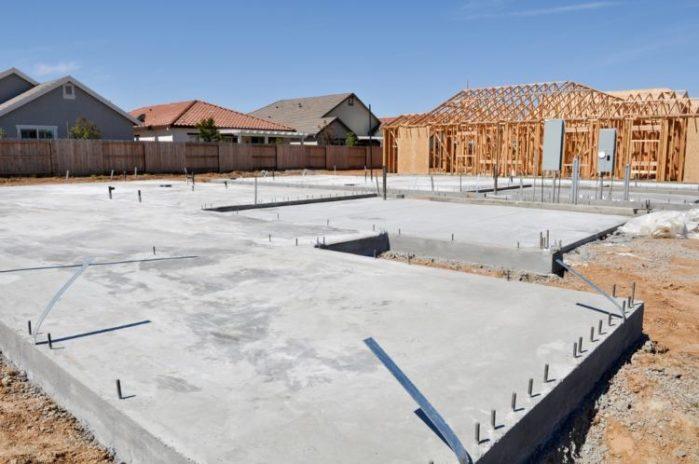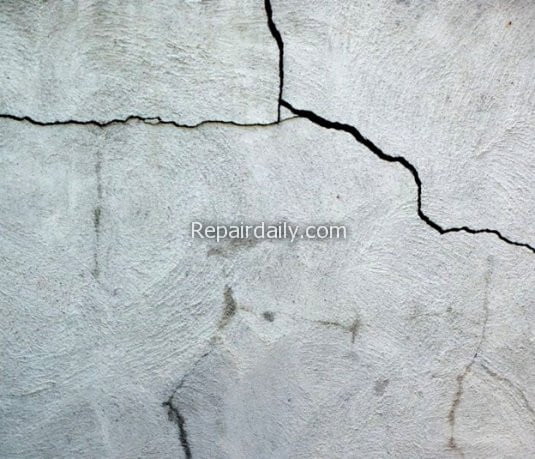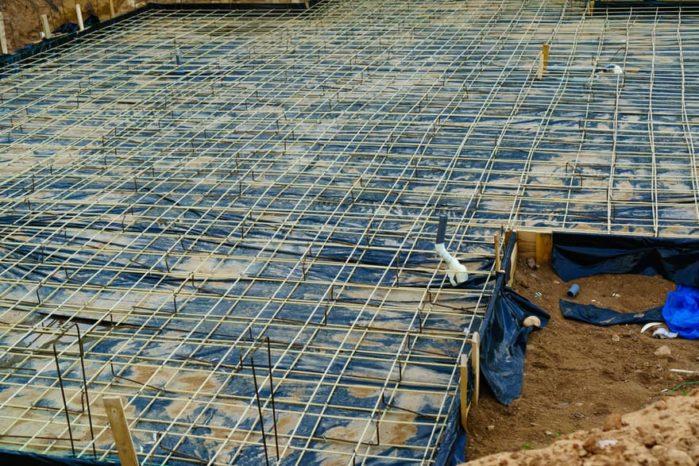
As it is, you probably don’t understand enough about foundation or foundation repair to hold a proper conversation about it. And that is normal. Most homeowners don’t understand or need to understand foundation repair’s technical side. As long as you hire a company that can do the job well for you, you won’t find yourself in trouble.
But what if you want to know what’s going on? While asking your foundation repair expert questions is probably the best way to go about it, you can only ask so many questions before they start getting bored of you. So, here’s a list of technical terms you need to know about foundation repair.

Technical terms about foundation repair
- Slab Foundation: This is the most common type of foundation used in homes. It is basically a concrete slab that is poured directly into the ground. The slab should be thick enough to support the weight of the house and any additional loads that may be placed on it, such as from wind or earthquakes.
- Pier and Beam Foundation: This type of foundation uses pillars or piers to support the beam that runs along the perimeter of the house. The advantage of this type of foundation is that it can be adjusted to level the house if it starts to settle.
- Grade Beam Foundation: This type of foundation uses beams that are placed at grade level (at ground level) to support the weight of the house. The advantage of this type of foundation is that it is less likely to settle than a pier and beam foundation.
- Helical Piles: These are steel rods that are screwed into the ground to provide support for the foundation. They can be used in both pier and grade beam foundations.
- Push Piles: These are concrete or steel piles driven into the ground to support the foundation. They can be used in both pier and grade beam foundations.
- Geotechnical Engineer: This is the person who evaluates the soil conditions and recommends the type of foundation that should be used.
- Soil Borings: This is when holes are drilled into the ground to test the soil conditions.

Pier and Beam Foundation
Over time, the beams and piers can shift, leading to uneven floors and structural instability. Addressing this issue often requires professional expertise in repairing sagging crawl space areas to restore stability and ensure the home’s foundation remains secure. Regular inspections and timely repairs can help maintain the integrity of a pier and beam foundation.
Polyjacking
Polyjacking is a technique used to address foundation issues by lifting and leveling the foundation through the use of polymer-based materials. Understanding polyjacking is crucial for anyone involved in foundation repair, as it provides an effective and long-lasting solution compared to traditional methods.
Read Article: The dangers of undetected mold infestations

- Load Bearing Capacity: This is the amount of weight that the soil can support without collapsing.
- Settlement: This is when the foundation sinks into the ground due to the weight of the house or other loads on the foundation.
- Heave: This is when the foundation is pushed up from the ground due to soil conditions or hydrostatic pressure changes.
- Lateral Movement: This is when the foundation moves from side to side due to changes in the soil conditions or seismic activity.
- Soil Compaction: This is when the soil is compressed by the weight of the house or other loads on the foundation.
- Hydrostatic Pressure: This is when water pressure pushes against the foundation walls and can cause them to crack or collapse.
- Seismic Activity: This is when earthquakes or other ground movements can cause the foundation to move or shift.
- Foundation Repair: This is the process of repairing the foundation to correct any problems caused by settlement, heave, lateral movement, or soil compaction.
- Underpinning: This is when additional support is added to the foundation to help stabilize it and prevent further settlement.
- Slabjacking: This is when concrete is injected under the foundation slab to raise it back to its original level.
- Mudjacking: This is when a slurry is injected under the foundation slab to raise it back up to its original level.
- Grouting: This is when concrete or grout is injected into cracks in the foundation walls to fill them and prevent water from leaking in.
- Epoxy Injection: An epoxy injection contains a solution that can be used on wall cracks to prevent leakage. However, an epoxy solution is not a long-term solution to foundation cracks and needs expert attention.
- Carbon Fiber Reinforcement: This is when carbon fiber strips are glued or bolted to the foundation walls to help reinforce them and prevent them from cracking or collapsing.
- Foundation Settlement: This is when the foundation sinks into the ground due to the weight of the house or other loads on the foundation.
- Soil Erosion: This is when the soil around the foundation starts to wash away due to rain or other water sources.
- Drainage Problems: This is when water drains towards the foundation instead of away from it. This can cause the soil to become saturated and start to erode.
- House Jacking: This is when a house is lifted and moved to another location. This can be done to level the house or avoid areas such as drainage problems or tree roots. However, house jacking is only really used as a last resort to foundation problems.
- Concrete Pouring: This is when new concrete is poured to replace old, cracked, or damaged foundation walls.
- Steel Beams: These are beams placed in the foundation to support the house.
Conclusion
Foundation repair is necessary to fix any problems that have arisen due to settlement, heave, lateral movement, or soil compaction. It is important to consult with a professional like Xpert Foundation Repair before undertaking any repairs, as some methods may do more harm than good. Many different methods can be used to repair the foundation, and the type of repair will depend on the extent of the damage. It is important to consult with a professional before undertaking any repairs, as some methods may do more harm than good.
I'm so excited to tackle all my home improvement projects! From plumbing to DIY and cleaning - I'm ready to get down to work! #homerepair #homecleaning #plumbing #diy #fixerupper #realestate #renovation #interiordesign #farmhouse #diy #homedecor #hgtv #home #farmhousedecor #modernfarmhouse #farmhousestyle #fixerupperstyle #fixandflip #homerenovation #realestateinvesting #beforeandafter #homesweethome #remodel #realestateinvestor #interior #realtor #joannagaines #flippinghouses #countryliving #design #homedesign #farmhouseinspired #investmentproperty #bhghome #renovationproject #farmhousekitchen #homeimprovement #farmhouseliving #cottagestyle #decor #realestateagent #magnoliahome #homeinspo #magnoliamarket #kitchendesign #dreamhome #shiplap #construction #houseflipping #investor #farmhousedesign #architecture #farmhousechic #homereno #rusticdecor #reno #kitchenremodel #webuyhouses #magnoliatable #rentalproperty #fixerupperinspired #newhome #interiors #homeremodel
